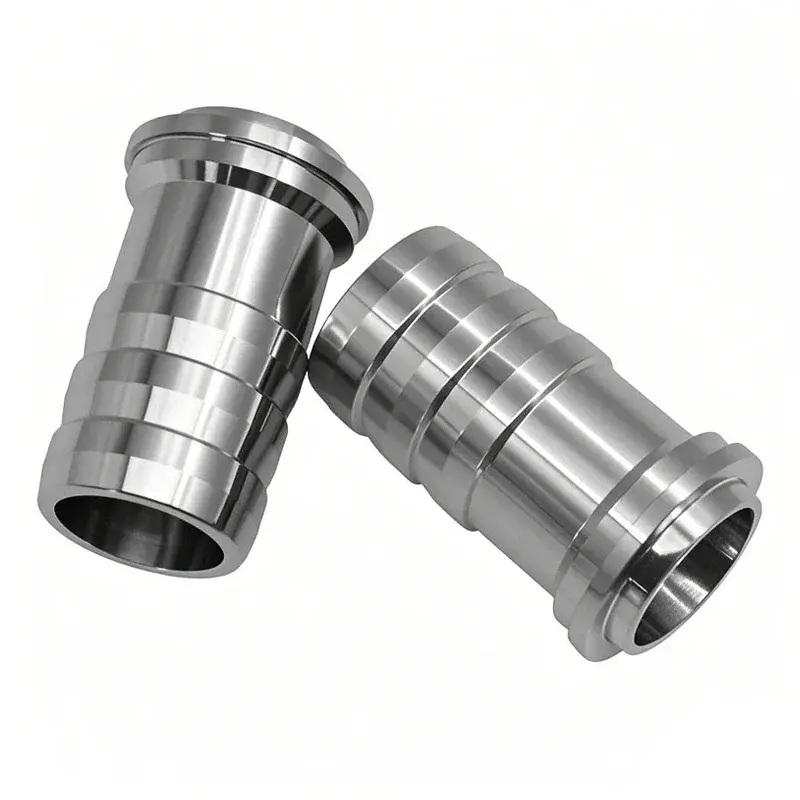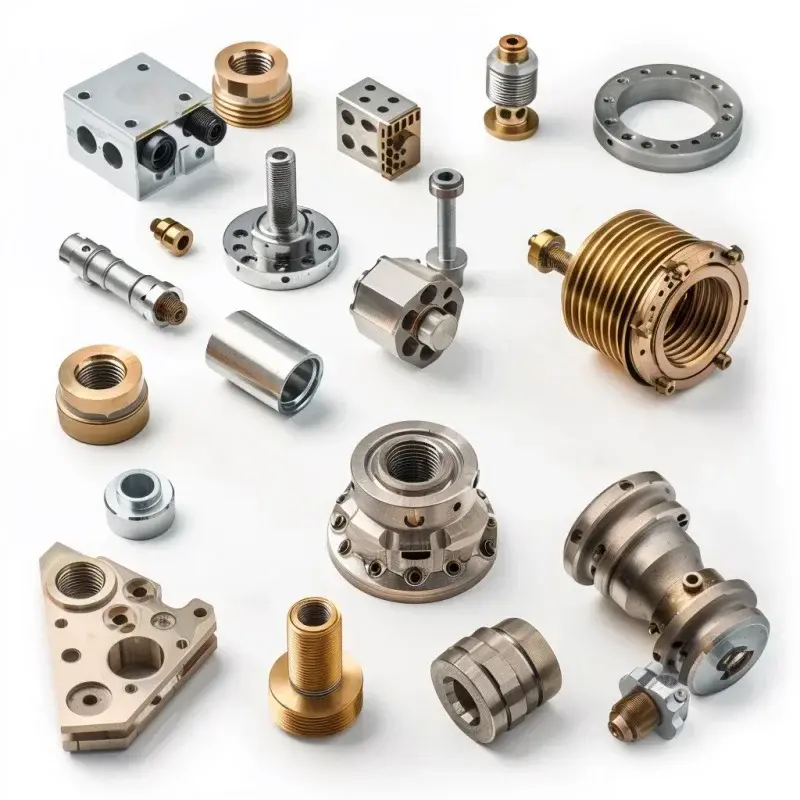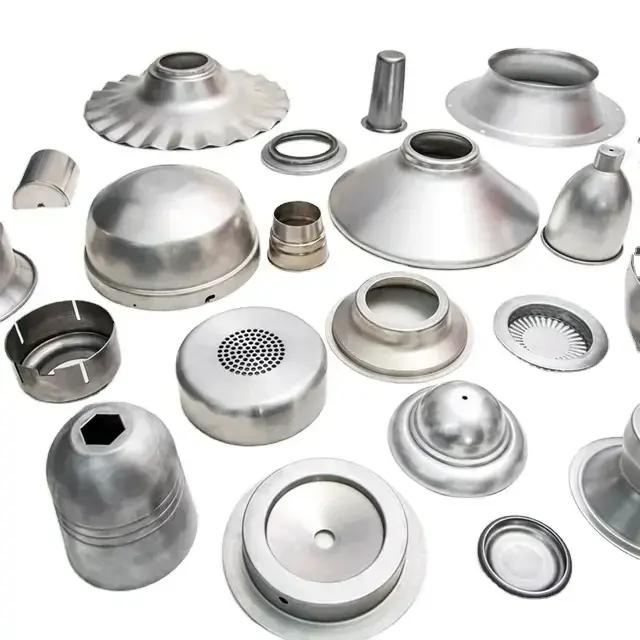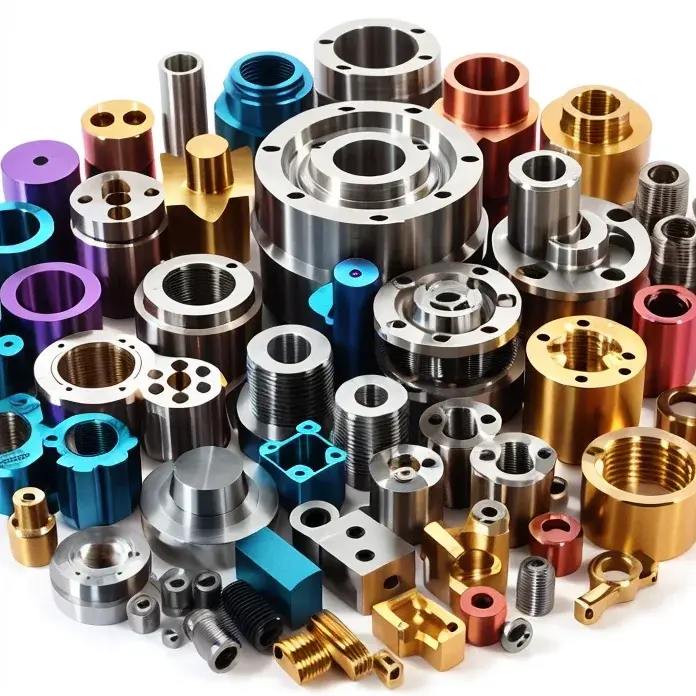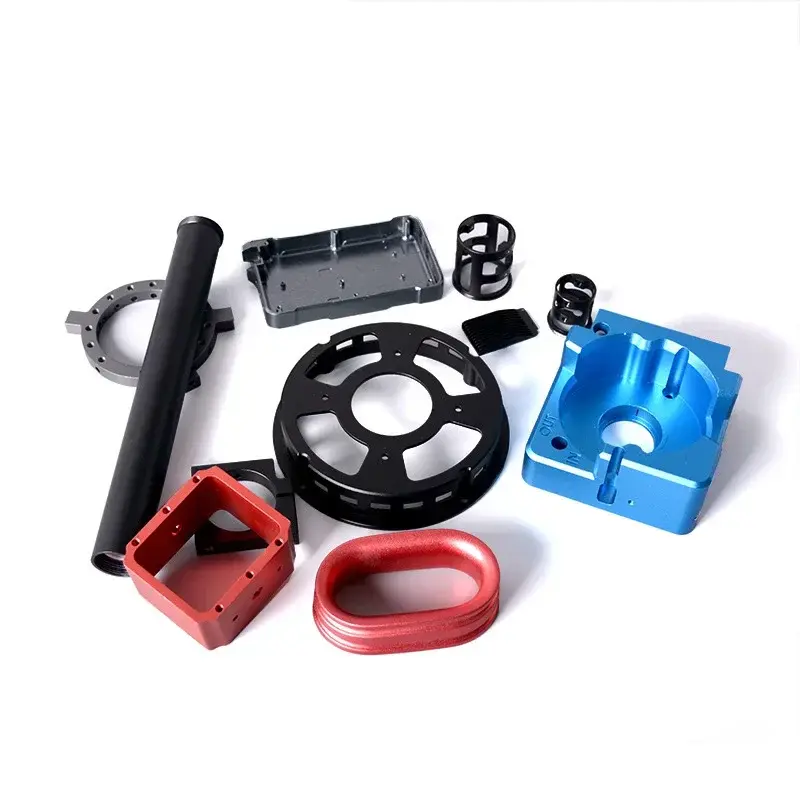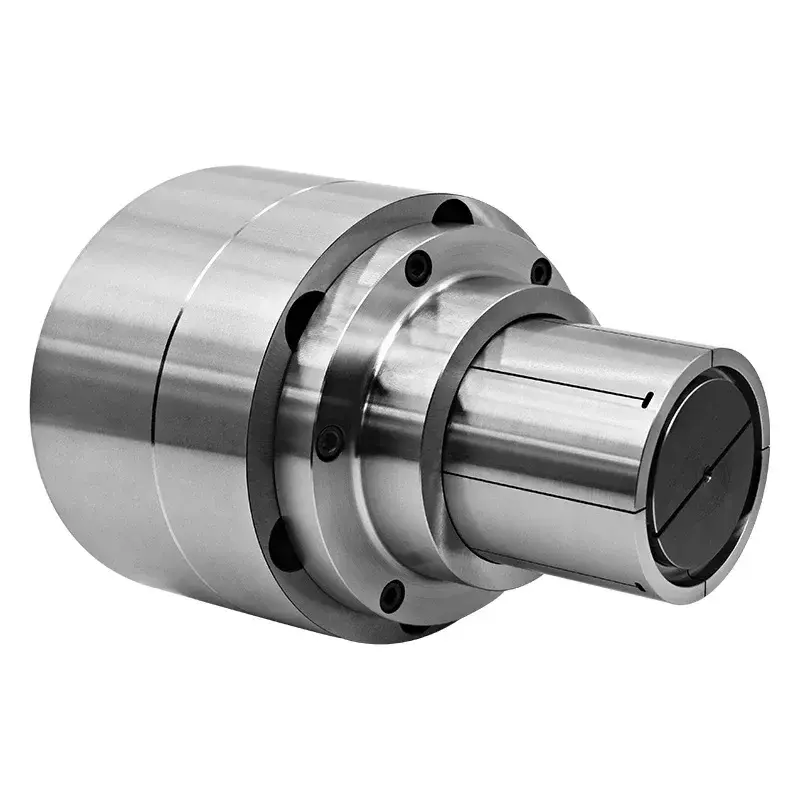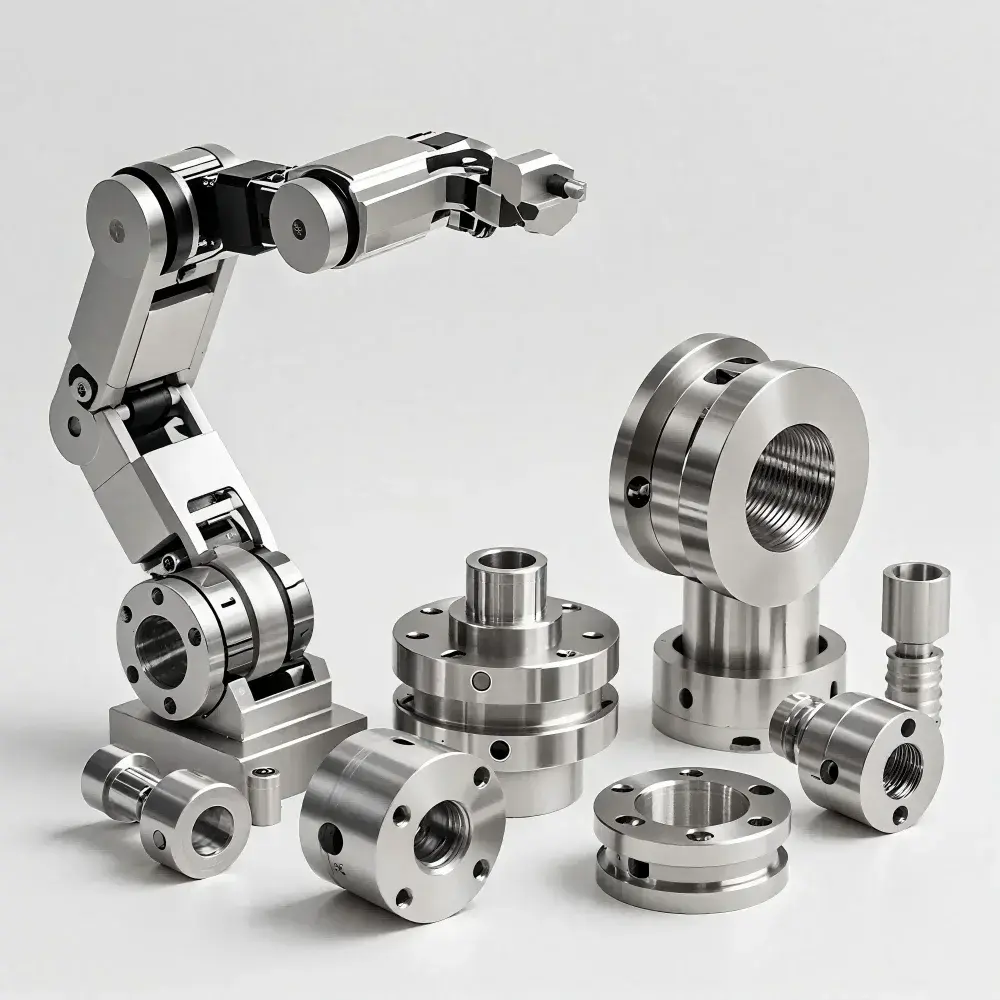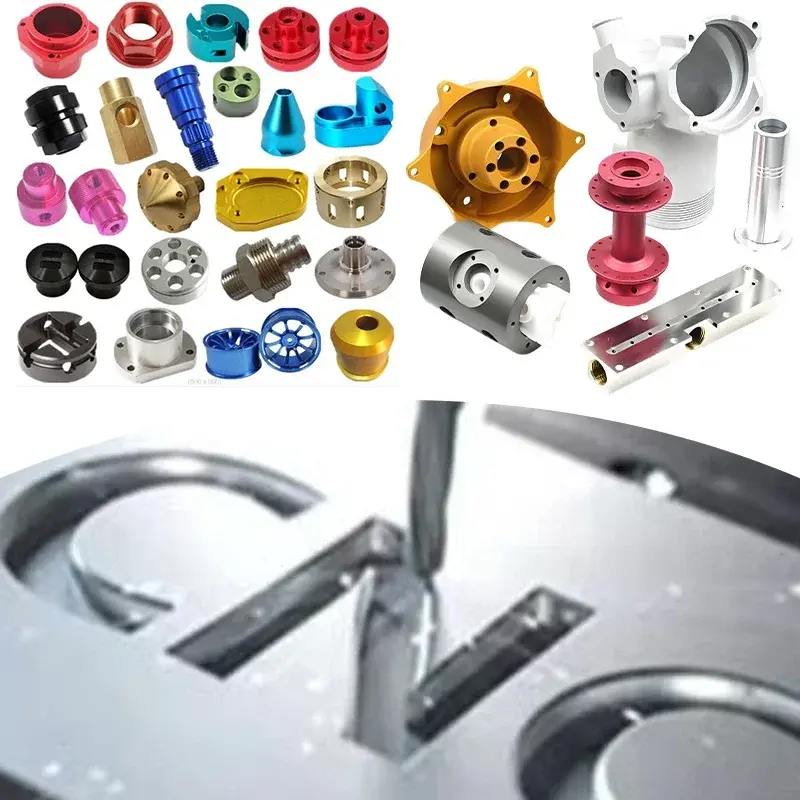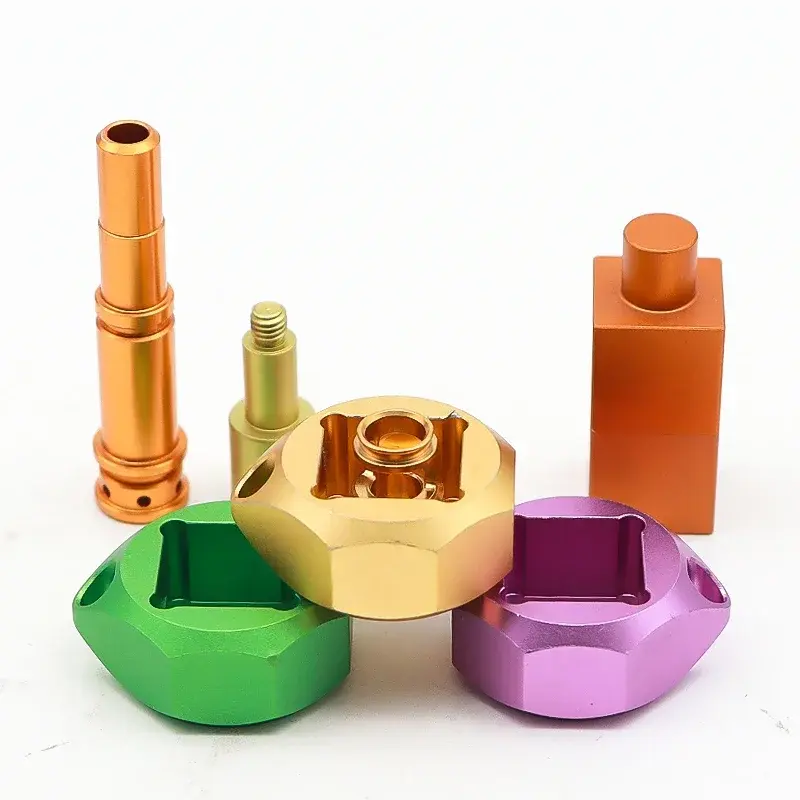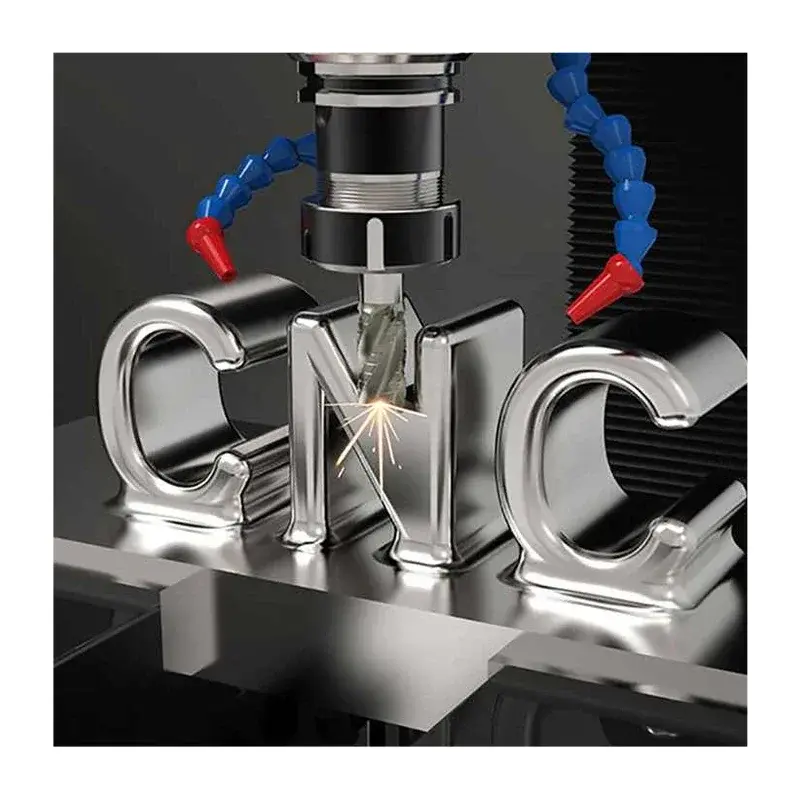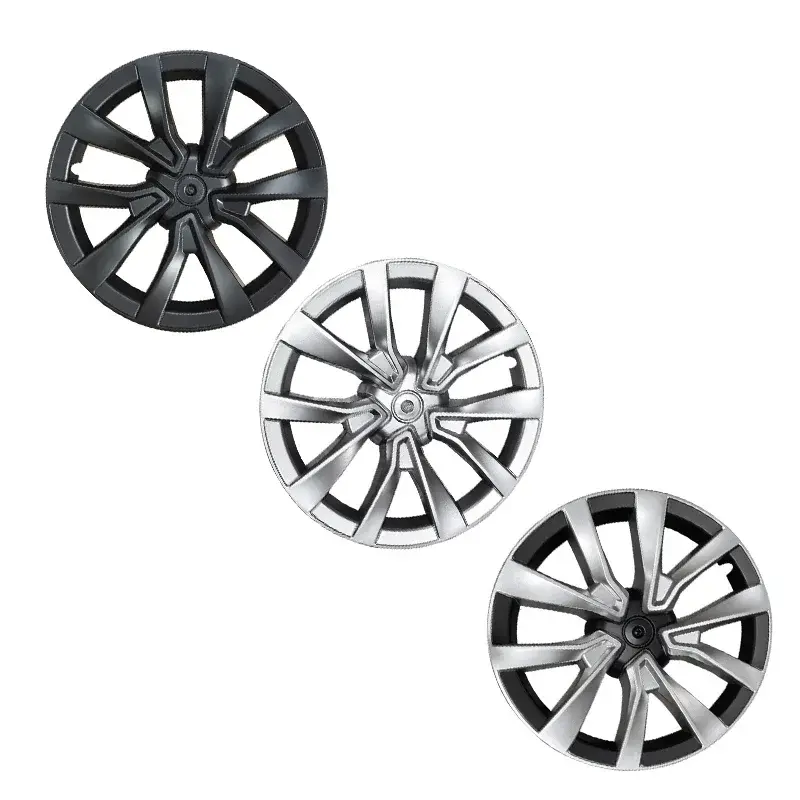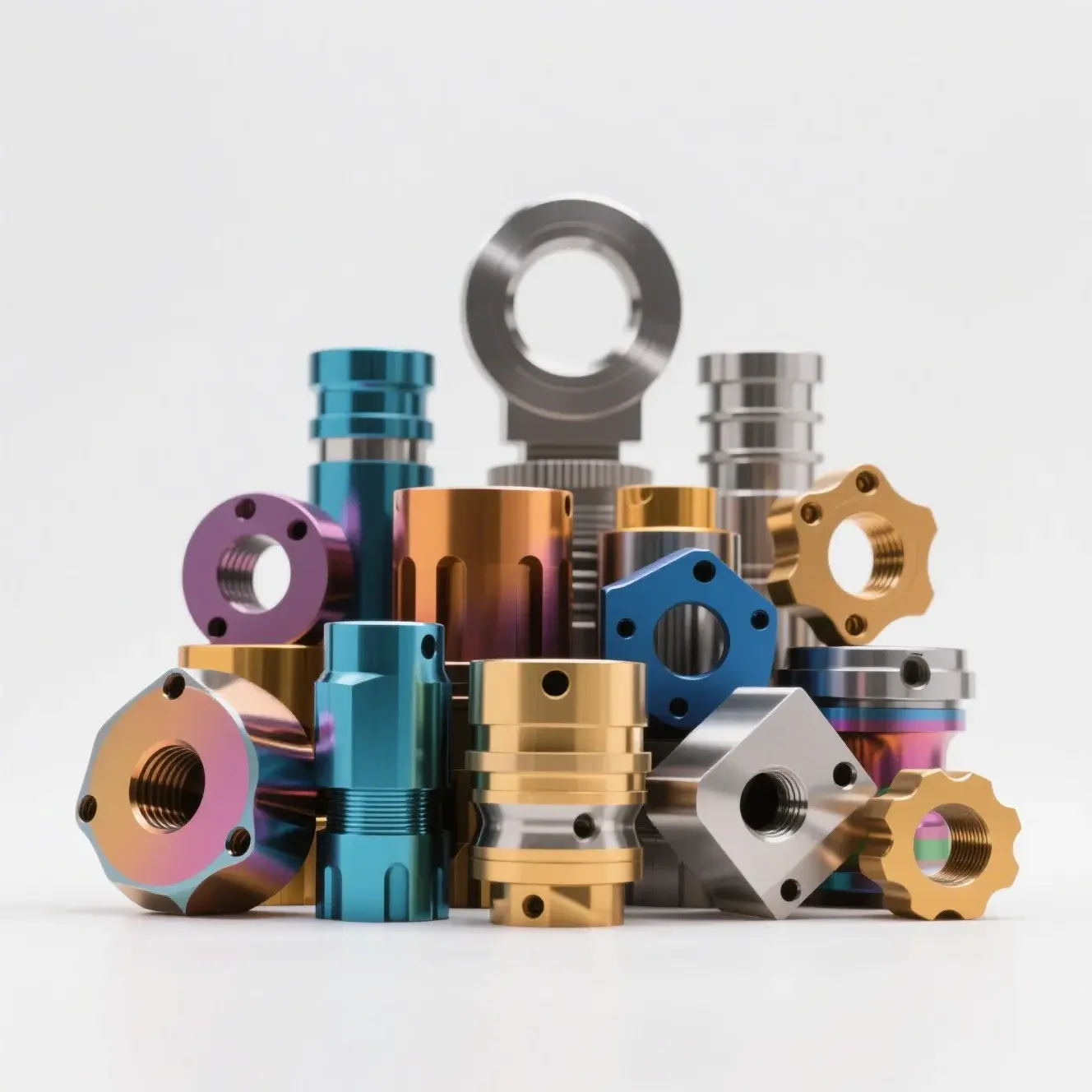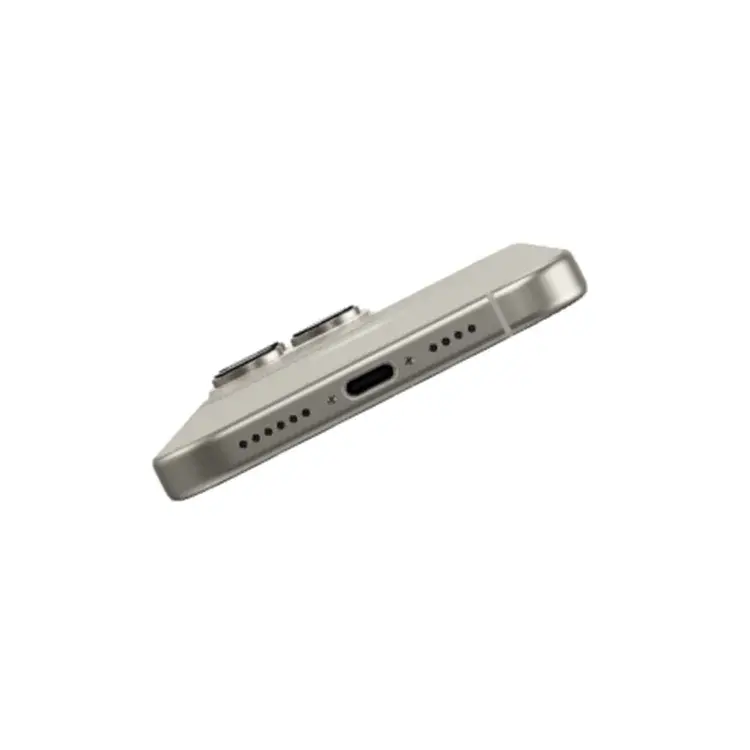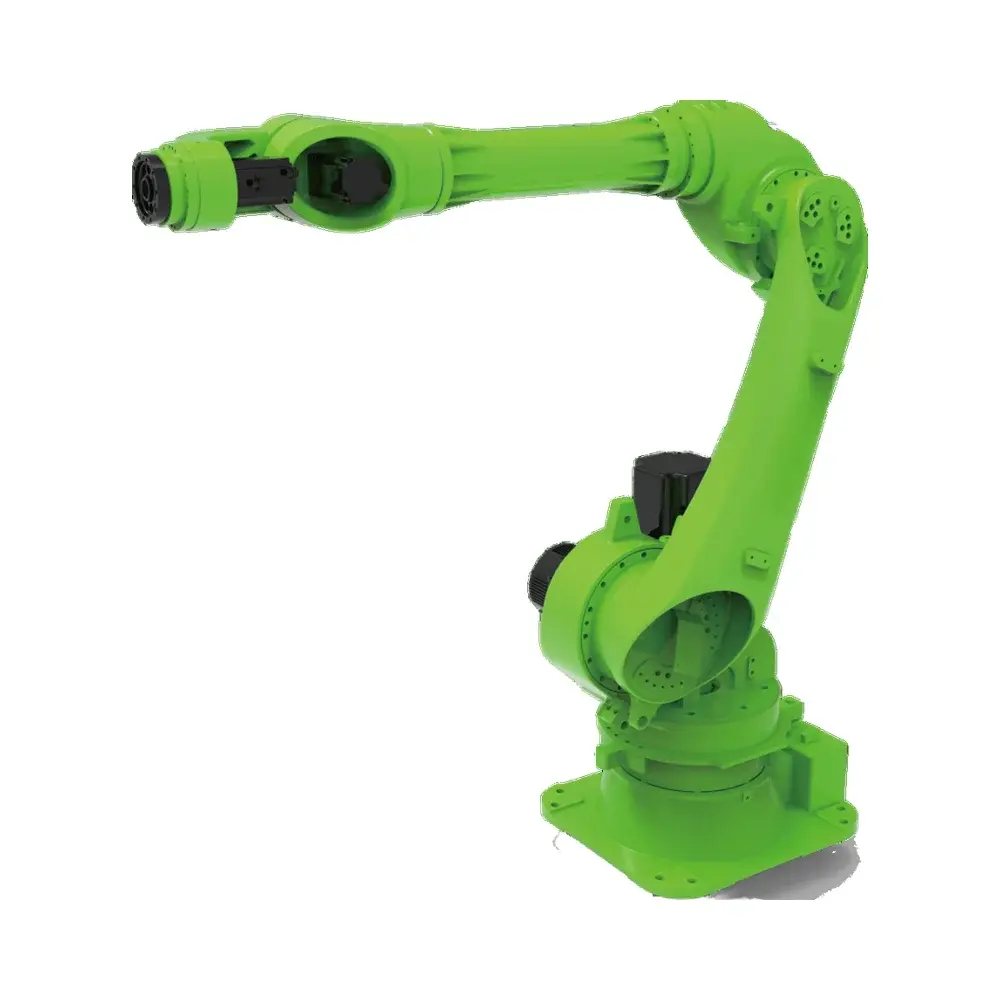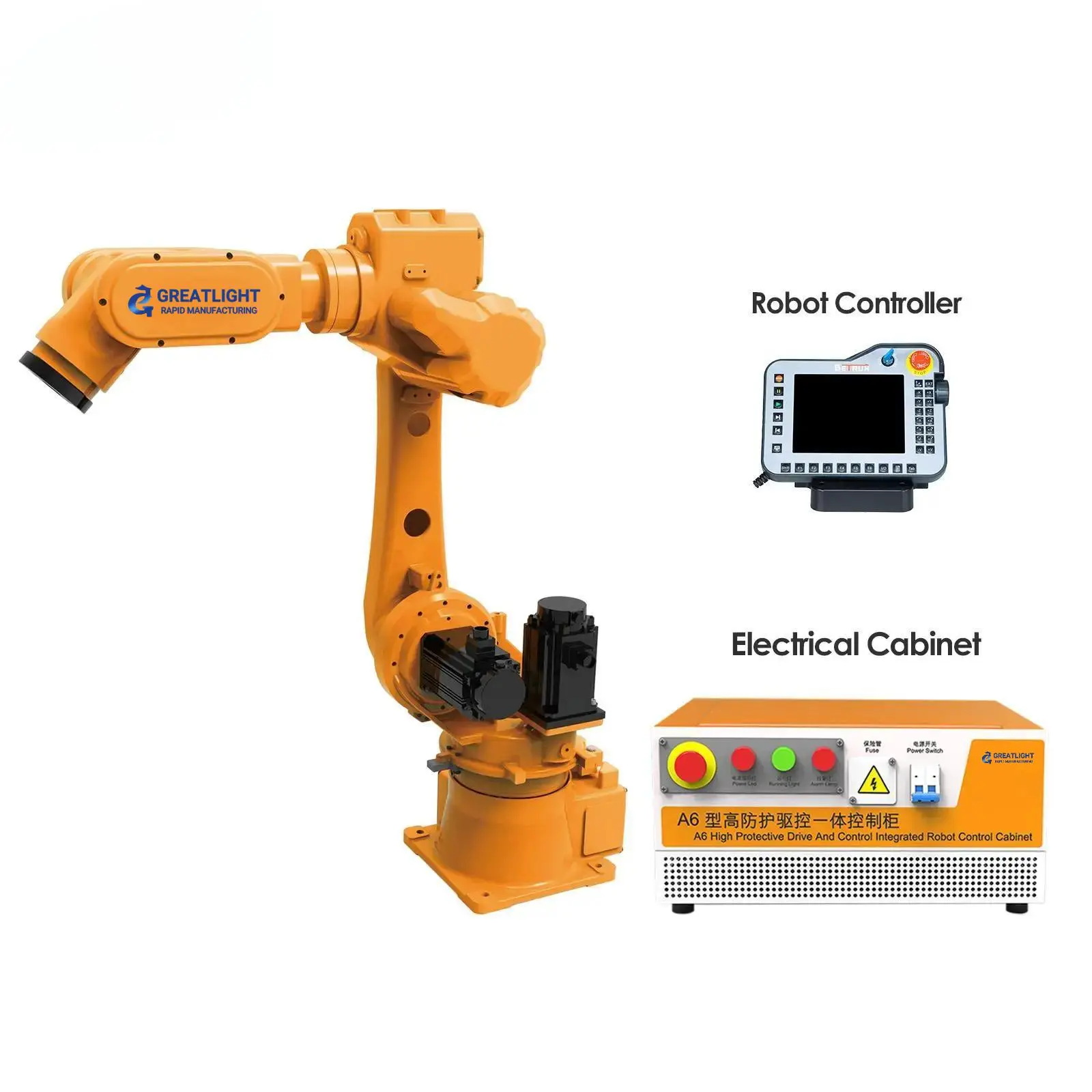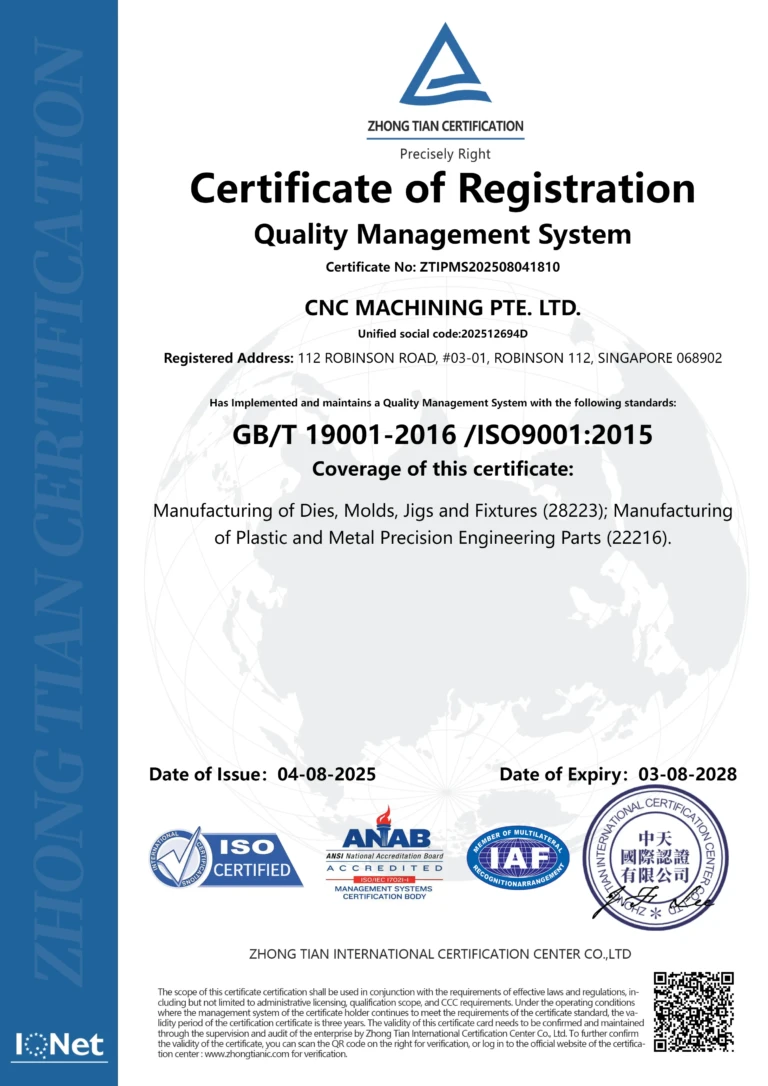Beyond Trial and Error: How Sintering-Aware Topology Optimization is Revolutionizing Metal Binder Jetting Precision
H2: The Daunting Challenge of Metal Binder Jetting Sintering
Metal Binder Jetting (MBJ) presents a compelling vision for industrial 3D printing: high-throughput production of complex metal parts. Yet, a persistent obstacle has impeded its adoption for high-precision applications – sintering deformation. During the high-temperature densification phase, MBJ parts can undergo dramatic volumetric shrinkage and unpredictable geometric distortions, sometimes exceeding a staggering 50%. This inherent unpredictability forces engineers into a costly and time-consuming cycle of repeated physical trials and empirical compensation strategies. The result? Compromised part precision, diminished reliability, and increased scrap rates, particularly in fields demanding micrometer-level accuracy like aerospace and medical devices.
H2: A Paradigm Shift: Integrating Sintering Physics into Design
Researchers Christian Troelsgaard, Frederik Tobias Elmstrøm, and Erik Lund from Aalborg University have pioneered a groundbreaking solution. Their innovation moves beyond reactive compensation, instead embedding the complex physics of sintering behavior directly into the earliest stage: structural design via topology optimization (TO). Termed a "sintering-aware" topology optimization framework, this approach fundamentally transforms the workflow. Instead of designing a nominal shape and hoping it survives sintering, the framework proactively predicts and compensates for sintering-induced deformations before the part is printed. This represents a monumental shift from post-fabrication correction to predictive design optimization.
H2: The Computational Engine: Capturing Complex Sintering Mechanics
H3: Nonlinear FEA and Viscous Sintering Models Unite
At the core of this pioneering framework lies a sophisticated custom MATLAB-based solver. This computational engine uniquely merges two critical modeling approaches:
- Geometric Nonlinear Finite Element Analysis (LNG FEA): Essential for accurately modeling the large displacements and shape changes occurring during sintering, where linear assumptions fail utterly.
- Skorohod-Olevsky Viscous Sintering (SOVS) Model: A physics-based constitutive model specifically developed to represent the complex time-dependent, temperature-driven viscous flow and densification mechanisms central to powder sintering at high temperatures.
This powerful synergy allows the researchers to simulate the intricate nonlinear material behavior throughout the sintering cycle with unprecedented fidelity, capturing phenomena like anisotropic shrinkage, warping, and density gradients that cause deformation.
H2: Optimizing for Precision – Three Strategic Pathways
The Aalborg team rigorously evaluated the performance of their sintering-aware TO framework using three distinct objective functions, each representing a different optimization goal for the final sintered part:
- H3: Minimize Geometric Deviation: This strategy focuses on forced fidelity. The optimizer aims to minimize the gap between the as-sintered geometry and the designed (pre-sintering) reference shape. The goal is direct replication.
- H3: Minimize Structural Compliance: Here, the emphasis shifts to functional performance. The optimizer designs the pre-sintered geometry so that, after sintering, the resulting part achieves maximal stiffness (minimal flexibility) under load.
- H3: Minimize Strain Energy Bias / Distortion: This pathway targets the root of deformation: internal stresses. By minimizing the heterogeneity in residual stress and strain energy distribution post-sintering, the optimizer aims for inherently stable, distortion-minimized results.
H2: Key Findings: Uniformity Emerges as the Victor
The comparative analysis yielded crucial insights. While all strategies offered improvements over non-optimized designs, the distortion minimization approach (Minimize Strain Energy Bias) demonstrated superior deformation control. The reason? This strategy consistently produced designs characterized by a more uniform material distribution. This homogeneity translated into significantly lower internal stress gradients during sintering, minimizing the driving force for bending and warping. The resulting near-net-shape parts achieved a level of dimensional accuracy deemed previously elusive in MBJ.
H2: Implications and the Road Ahead: A New Era for MBJ
H3: Transforming Precision Manufacturing
This research, while currently validated through robust digital simulations, heralds a paradigm shift with profound implications. It moves Metal Binder Jetting from reactive correction to predictive control:
- Reduced Scrap Rates: Predictive compensation at the design stage dramatically lessens reliance on costly and wasteful trial-and-error iterations.
- Enhanced Predictability & Confidence: Engineers gain unprecedented confidence in the final sintered geometry, vital for industries with strict tolerance requirements.
- Accelerated Adoption: The ability to reliably produce high-precision parts unlocks MBJ’s potential in critical applications demanding superior performance and safety (e.g., aerospace components, complex biomedical implants).
- Unlocking Design Freedom: Confidence in sintering outcomes allows designers to push the boundaries of complexity without fear of unpredictable failure modes.
H3: Future Validation and Horizons
The critical next step involves experimental validation, printing and sintering topology-optimized parts to physically confirm the digital predictions. Integrating this framework into broader digital twin concepts for AM process chains holds immense promise. Furthermore, extending the models to capture more complex phenomena (e.g., gravity effects during sintering, multi-material interactions) could further enhance predictive accuracy.
H2: Conclusion: Engineering the Future of Metal Additive Manufacturing
The sintering-aware topology optimization framework developed at Aalborg University is more than a technical achievement; it represents a fundamental reframing of how we approach precision in metal binder jetting. By marrying sophisticated multi-physics simulation (LNG FEA + SOVS) with advanced optimization algorithms, this research provides the mathematical and computational tools to preemptively engineer out the largest hurdle facing MBJ – sintering deformation. As experimental verification progresses, this approach paves the way for MBJ to transform from a promising prototyping technology into a reliable cornerstone of high-performance, precision metal parts manufacturing across the most demanding industries. The dream of first-time-right, precision metal 3D printing is rapidly materializing into reality.








